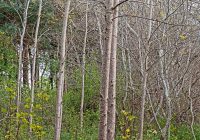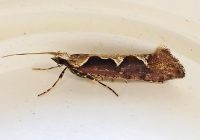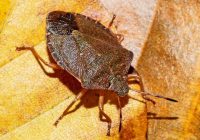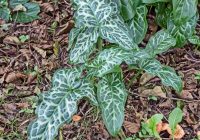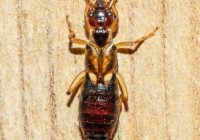Dr Phil Smith’s Wildlife Notes
November 2023
With measureable rainfall on 22 days and a total precipitation of 152 mm, November 2023 was a wet one. In fact, Rachael Park’s Formby garden rain-gauge recorded 71% more rain than average for the month. Two named storms largely passed to the south and north of us, though ‘Storm Debi’ on 13th produced severe gale-force winds. Although November was largely mild, it ended with a cold snap; a reminder of impending winter.
As usual, leaf-fall and autumn colours were evident in the coastal woodlands, Norway Maple being the brightest leaves on view. The silver-grey trunks of Aspen also made a visual impact near Wicks Lake, Formby Point. Damp conditions meant plenty of fruiting fungi in the dunes Tim Rogers reckoned the numerous brown-capped toadstools in the Devil’s Hole were Hebeloma dunensis, a rare species nationally, with only 17 UK occurrences on the nbn Atlas.
Dave Mercer sent me details of an important find in late October – our first breeding site for Ivy Bees. Large numbers of nest holes, with attendant bees, were on a sandy field off Park Road, Formby. I went to check it out on 3rd. It was too late to see the bees but the habitat looked right. About 20m away was a dense patch of flowering Ivy – perfect! The same day, I found a Common Clubtail hiding in a flower of Evening Primrose at the Devil’s Hole. This is one of a few hoverflies that are active in November. Two Marmalade Hoverflies at Wicks Path on 20thwere my latest.
Ron Moyes and Colin Daly light-trapped a Scotch Smudge at Ainsdale NNR on 15th. It was the first for ‘Lancashire’ of this micro-moth that has a strange distribution: Ireland, parts of Scotland, West Wales and North Yorkshire. How did it get here?!
No frost until the end of the month meant other insects were still around. I photographed a bright-orange fly on the Wicks Path fence that was new to me – an Orange Thricops. Although this member of the housefly family is fairly widespread in the UK, there were no previous Sefton records and, according to Phil Brighton’s check-list, only seven for the vice-county. Also on this sunny fence were four lumbering Giant Willow Aphids and an Alder Spittlebug. This froghopper is supposed to be common and widespread but I could find mention of only three previous records for the Sefton Coast. Maybe that’s because bug specialists are thin on the ground!
The Hesketh Road, Marshside, Ivy was also productive, highlights including a Bronze Shieldbug and two of the very common Green Shieldbugs, one of them already in its russet-brown winter garb, ready for hibernation amongst dead leaves. The nearby viewing platform overlooking the RSPB Marshside Nature Reserve produced an impressive flock of about 1500 Icelandic Black-tailed Godwits. Although many will stay for the winter, ringing recoveries show these birds are remarkably mobile, turning up on wetlands all over Britain, Ireland and Western France.
I stopped off at Sands Lake, Ainsdale, on 18th to identify targets for our ‘Buckthorn Bashers’. A pair of Mute Swans was still on the lake, with five well-grown and apparently well-fed cygnets. A brief burst of song heralded the usual Cetti’s Warbler in the lake’s reedbed. The winter survival of our only non-migratory warbler seems to be helped by climate change.
On 24th, a favoured footpath on the outskirts of Formby produced Bronze and Hawthorn Shieldbugs, as well as a Noon Fly on a sunny tree trunk. A small flock of Long-tailed Tits could be heard above the traffic noise, while I couldn’t miss the dramatically pattered leaves of Italian Arum on the path-side.
By 25th, insects were getting scarcer; all I could find on the fence at Wicks Lake were another Giant Willow Aphid and a Common Earwig, with characteristic straight pincers of a female. A noisy flock of Goldfinches was twittering in lakeside trees that had been recently thinned by National Trust volunteers. A rising water-table meant the lake is beginning to fill.
The following day I visited Cabin Hill NNR to count Snipe in the big, flooded borrow-pit. A few years ago, there were dozens but I had only three Snipe and one Jack Snipe. Typically, the latter flew only when I nearly trod on it! There has been a 37% decline in UK wintering Snipe since the mid-1990s but this doesn’t wholly account for the fall in numbers at Cabin Hill. Perhaps they have relocated to Lunt Meadows NR where large totals have been reported. I was pleased to see that contractors have been at work clearing some of the big Grey Willows invading the Cabin Hill slacks. They avoided the rare hybrids that I help to mark last month. I also organised three meetings of the ‘Buckthorn Bashers’ in the dunes at Ainsdale, with up to 14 enthusiastic volunteers cutting invasive Sea Buckthorn.

